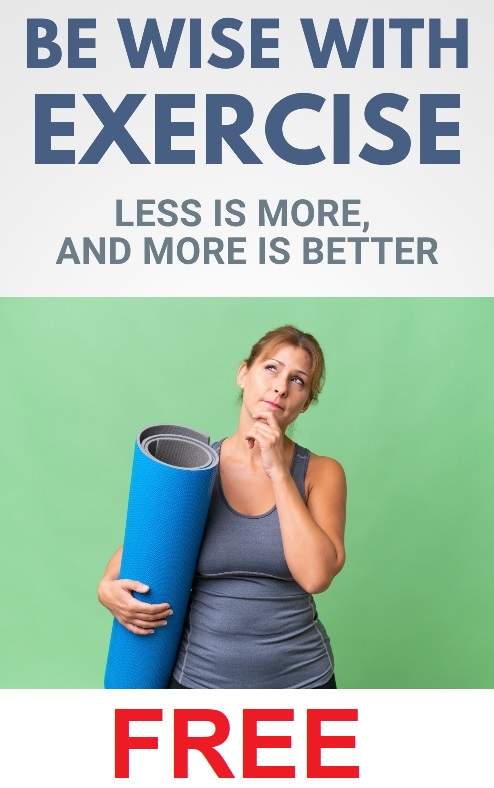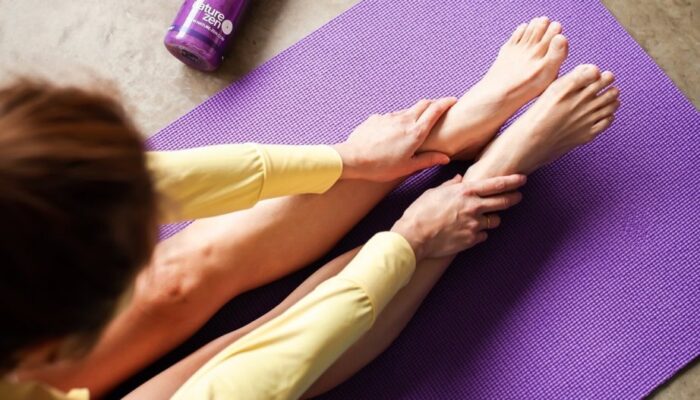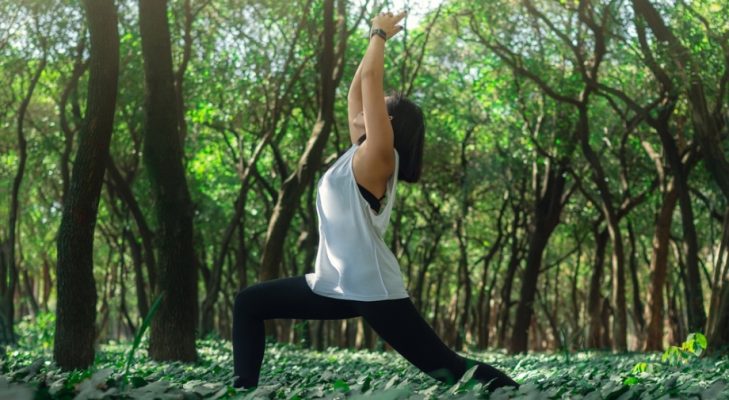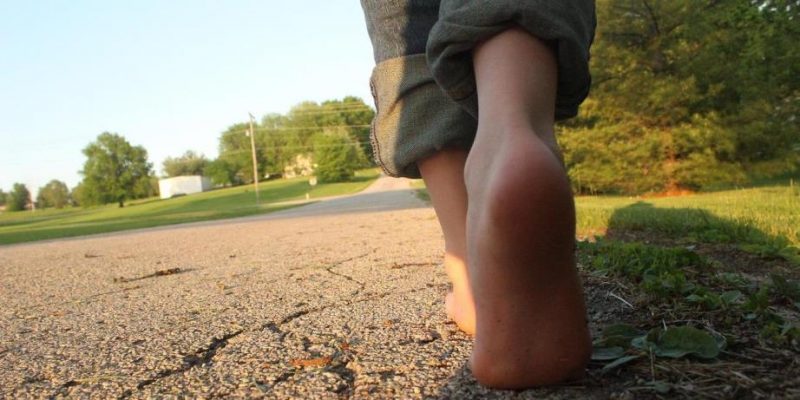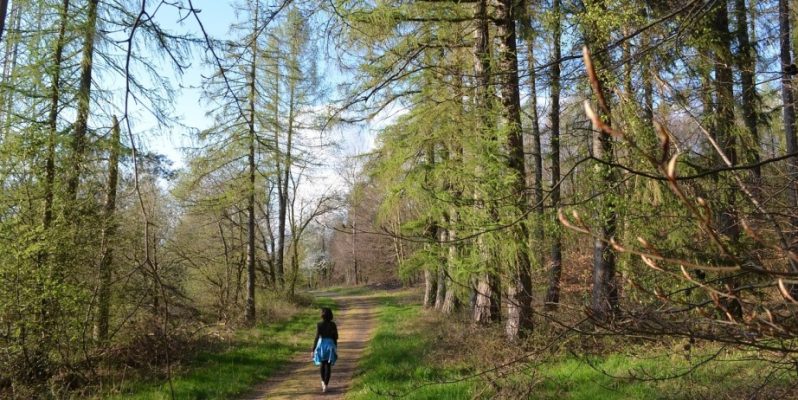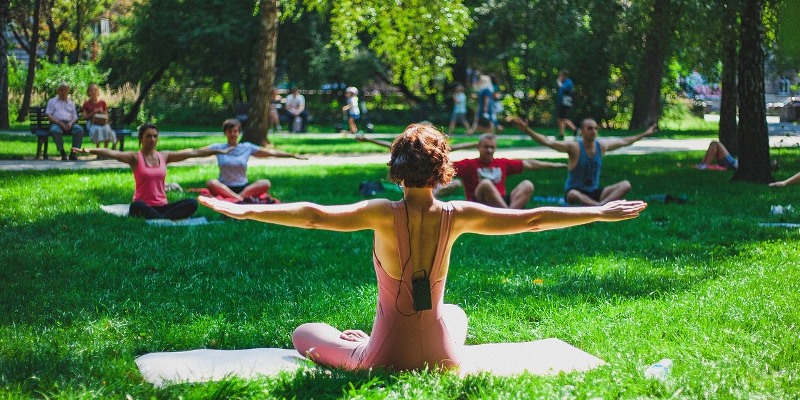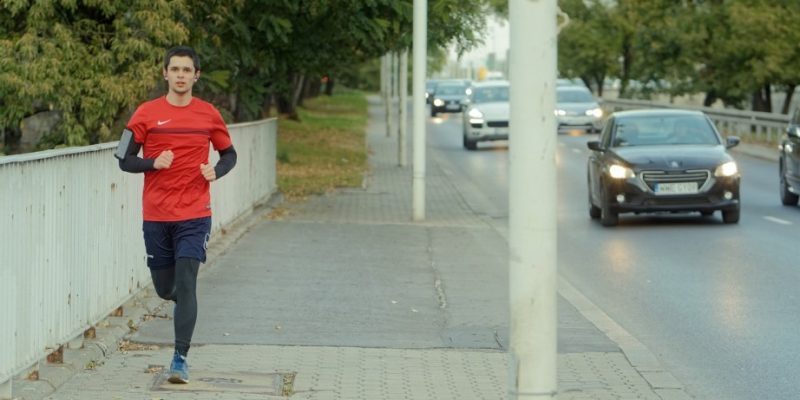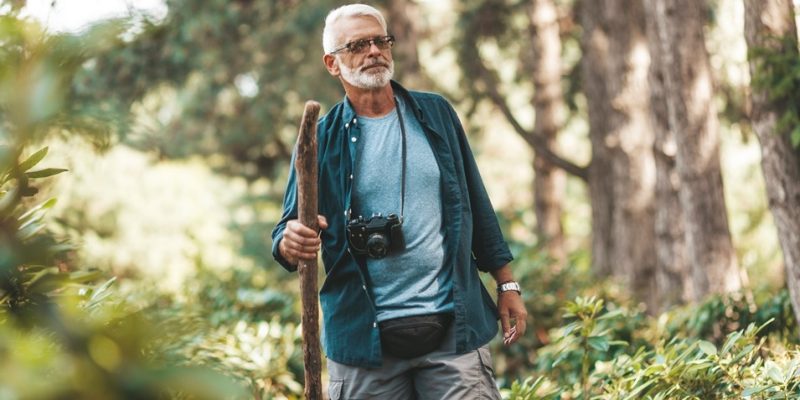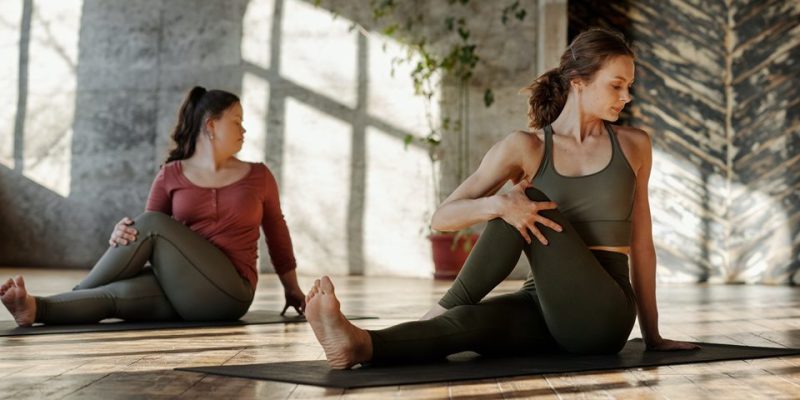
For most of us, walking is usually one of the easiest accessible activities, while serving a variety of goals. People walk to enjoy Nature and the outdoors, use it as a form of physical exercise or even meditation, to relax or calm down, carry it out as a sport or a weight loss method, or it may simply be a means of transport going from A to B.
There are many types of walking, such as strolling, mountain walking, speed walking, power walking, forest bathing, tread mill walking, beach walking, trekking, dog walking, and hiking, to just give some examples.

The health benefits of walking regularly are simply impressive. As many scientific studies have concluded, walking for at least thirty minutes a day — during most of the week — can increase cardiovascular and pulmonary fitness, strengthen bones, reduce blood sugar, ease joint pains and lubricates joints, increase creativity and concentration, improve immune function, memory, mood and sleep quality, reduce risk for cancer and chronic diseases (such as high blood pressure, high cholesterol, diabetes and heart disease), correct and improve posture, alleviate depression and fatigue, reduce excess body fat, and boost balance, muscle power, and endurance.
There are several ways to increase the health benefits of walking. Think of walking up hills or up the stairs, walking with weights (hand weights or a backpack), walking faster, or walking longer distances. Additionally, uneven terrain brings the most for walkers because more muscles and joints of your body become engaged, while also avoiding low back pains and Repetitive Strain Injury (RSI).
An important aspect to engage in responsible and healthy walking is to warm up before and cool down after walking. Starting slowly and stretching before and after a walk are ideal ways to achieve this. This prevents injuries, while it also diminishes Delayed-Onset Muscle Soreness (DOMS) afterwards.




